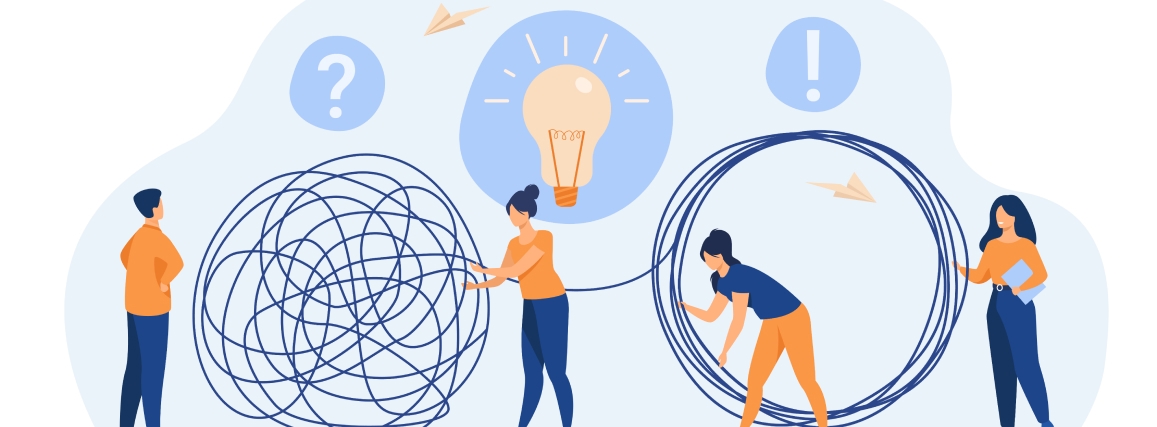Frequent
Asked
Questions

On this page you’ll find answers to frequently asked questions about Astrivis 3D scanning App
General
You can access our demo app for iOS or Android by reaching out to us via our contact form or emailing sales@astrivis.com. While we haven’t released the app publicly yet, we welcome initial testers who are interested in trying it out.
Astrivis 3D scanner primarily utilizes photogrammetry for 3D reconstruction. It also supports devices equipped with LiDAR sensors for larger-scale captures and scale measurement of the 3D models.
Currently, there are two methods for integrating the Astrivis mobile 3D scanner into your business workflow according to your requirements:
- White-Labeled App: We offer a white-labeled app with a customizable user interface. This option allows you to tailor the app to your specific needs and branding while leveraging our scanning technology.
- Scanner SDK: Alternatively, you can opt for licensing the scanner SDK. This SDK can be integrated into your existing system or application, providing you with the flexibility to incorporate our mobile 3D scanning capabilities seamlessly.
To save your scanned models, make sure you log in to the app before scanning. If you haven’t registered an account, please do so to ensure your models are saved securely. After successfully saving a model during scanning, you can conveniently manage and download your models through Astrivis Cloud2 with the same credentials you used for your account. This cloud platform is designed for storing and organizing your 3D data.
For more detailed information on Astrivis Cloud 2 and its features, you can refer to our dedicated article.
Certainly, to access the app’s advanced settings and learn more about the recommended setup to align with your specific needs, please contact us at info@astrivis.com for guidance.
The default 3D output format for the scanned models is .obj, complemented by multiple atlas texture files.
Definitely! Please contact us through the web form or at info@astrivis.com to tell us about your specific needs.
You can access the most up-to-date list of supported devices via this link.
If your device isn’t listed, please don’t hesitate to reach out to us to inquire about its eligibility.
3D Scanner
To initiate a scan, ensure you have adequate lighting as the mobile scanner relies entirely on images. Insufficient lighting, shadows, reflections on smooth surfaces, or uniformly white or black areas lacking texture can lead to scan failure.
- Once you’ve ensured proper lighting, follow these steps:
Click ‘Scan’ at the bottom of the screen to activate the scanner. - Gently hold your mobile device and move around the object you want to scan.
- Click ‘Stop’ to conclude the scanning process.
- Click ‘Mesh’ and wait a few seconds for your 3D model to be reconstructed.
- Click ‘Save’ to store your model
Well done!
As you scan, gray points will appear, covering the surface you’ve successfully captured. This real-time feedback indicates the general scanning progress and identifies which parts of the object have been scanned. It provides insights into when to stop and where further scanning is needed.
Live feedback during scanning relies on your device’s movement to begin the scanning process. If you observe only orange points flickering but no gray points, consider these factors:
- Lighting Conditions: Ensure your environment is adequately lit, as low light can hinder scanning.
- Movement Speed: Your movement should be neither too slow nor too fast for optimal scanning.
If your gray points freeze during the scanning process, it indicates that the scanner has lost track.
Photogrammetry relies on detecting identical feature points in various images of the object from different angles and then stitching them together for reconstruction. Moving too quickly or positioning the device so that the object is at the edge or out of the screen can result in the algorithm losing track. To resolve this, please restart the scanning process and be mindful of the points mentioned above.
If you encounter a 3D model with numerous missing holes or blurred sections, don’t worry, as this can happen due to several factors. The real-time scan you initially see is a lower-quality representation due to the limitations of phone computing power and other external factors like lighting conditions. To address this, you can:
- Rescan in Better Lighting: Try rescanning in a brighter environment, preferably outdoors or under natural light conditions. Improved lighting often results in better scans.
- Post-Processing: Alternatively, you can choose to post-process the model in Astrivis Cloud. This can help refine and fill in missing areas.
- Avoid Quick Movements: Blurred sections may occur if you move too quickly during scanning. Try to move steadily and at a moderate pace to capture more texture details.
By following these steps, it is possible to enhance the quality of your 3D models.